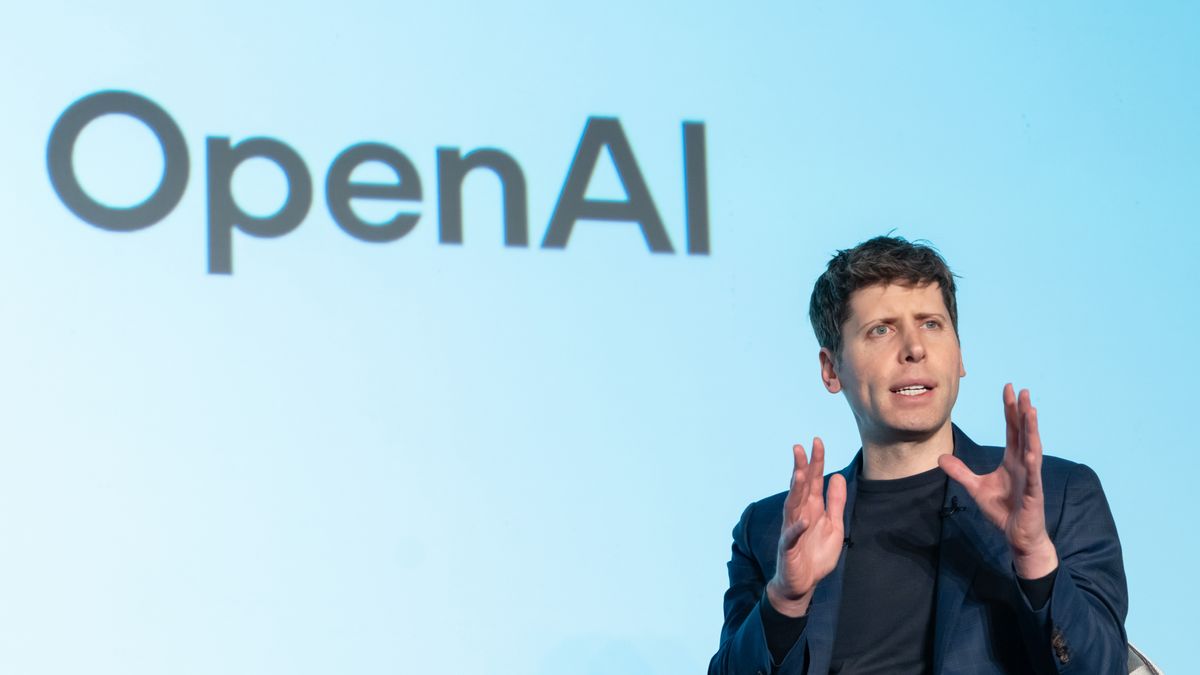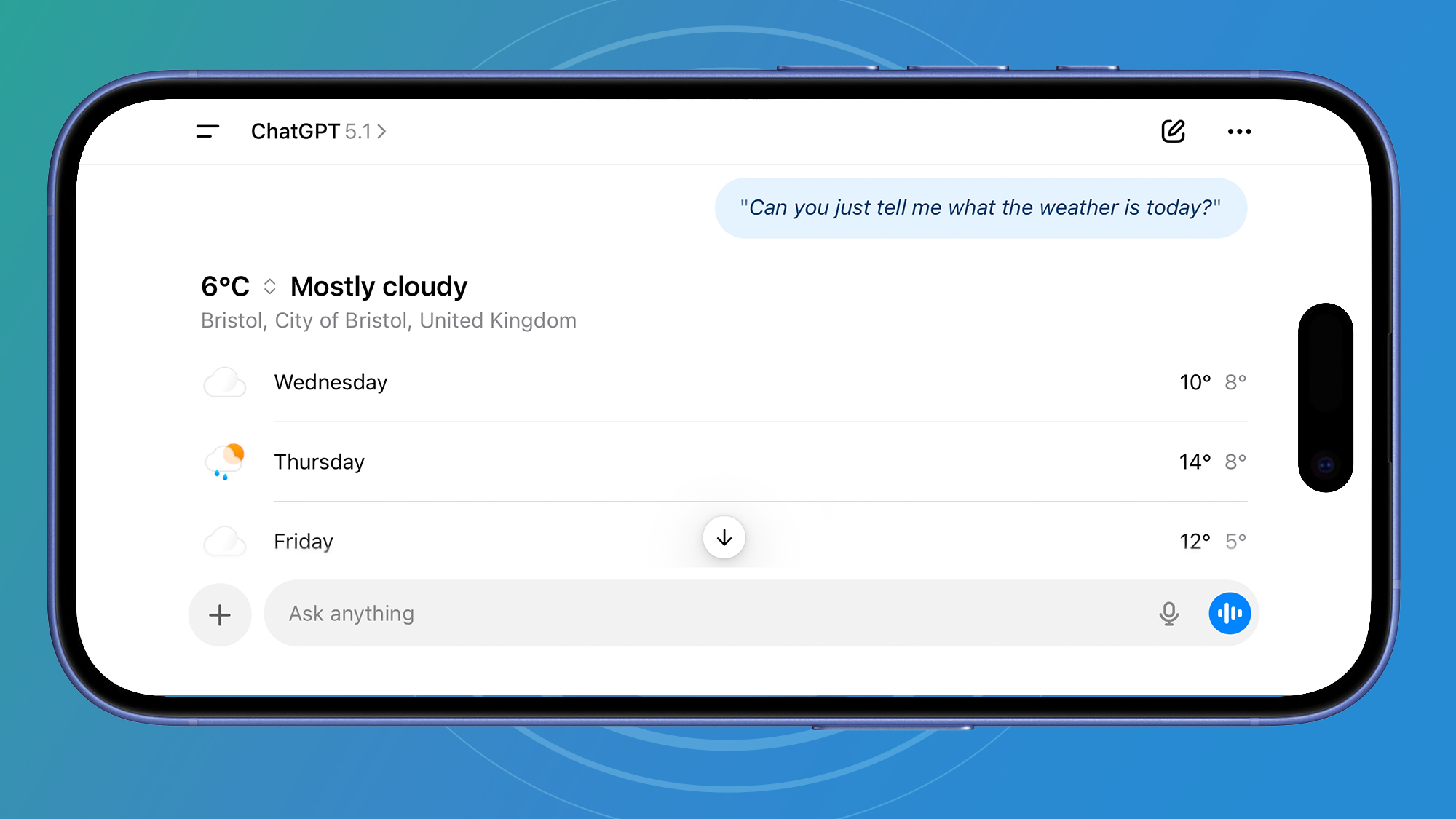Key Points
- Voice mode is now embedded directly in the standard ChatGPT chat window.
- Available to all users on mobile and web after a simple app update.
- Live transcript shows spoken input as text in real time.
- Users can toggle voice on or off and switch back to typing without leaving the chat.
- Video input allows the model to analyze visual content from the camera.
- On‑demand maps, weather reports, and other real‑time visuals appear within the conversation.
- Image generation via voice prompts works inconsistently for some users.
- The update aims to make voice interaction a seamless, background feature.


Weather in ChatGPT Voice
Integration Overview
OpenAI released a subtle but significant update that merges its Voice Mode with the regular ChatGPT chat experience. Rather than launching a separate screen or floating orb, the voice function now appears as a button within the existing conversation window. The change is being rolled out to all users on the mobile app and the web version, requiring only an app update for mobile devices.
Key Features
The integrated voice interface lets users speak their queries and watch the text appear in real time as a transcript. Users can toggle between voice and typed input without leaving the conversation, making it easy to ask follow‑up questions or switch to typing whenever they prefer. An “End” button instantly disables listening, and a video button enables the model to analyze visual input from the camera.
Beyond basic conversation, the update adds on‑demand visual aids. Users can request maps, weather forecasts, and other real‑time data, which appear as graphics within the chat. The system also supports generating images based on spoken prompts, although early reports indicate that this feature sometimes fails to produce the expected output.
User Experience
Reviewers note that the new design feels more natural than the previous separate Voice Mode, which required leaving the text interface. The live transcript provides a clear record of what was said, and the ability to interrupt or ask follow‑up questions mirrors the fluidity of a typical text chat. The integration also allows users to ask for news headlines, weather updates, or map locations while seeing clickable links alongside the spoken response.
Limitations and Feedback
While the voice integration streamlines interaction, some users have encountered hiccups. The image‑generation function, invoked by spoken commands, has been reported to stall without delivering the requested picture. Additionally, the map feature displays static graphics rather than full integration with external map services.
Overall, the update is praised for making voice a default, background‑ready option that reduces the friction of switching modes, though further polishing is expected for the more advanced visual capabilities.
Source: techradar.com
